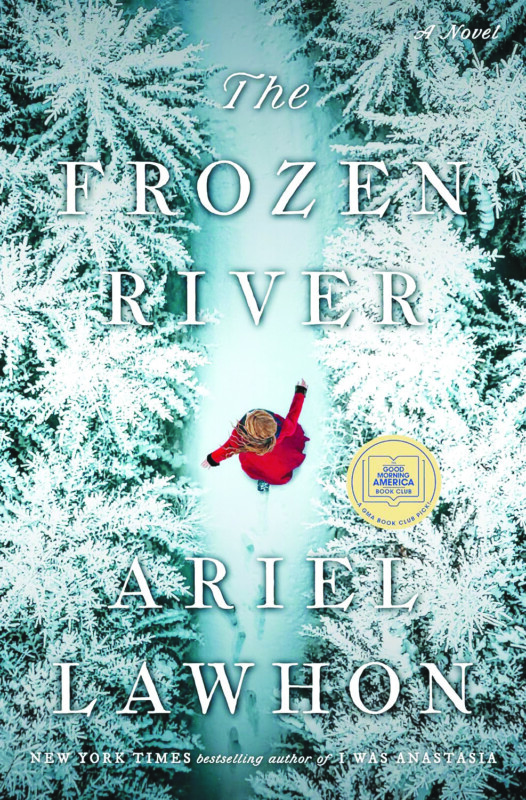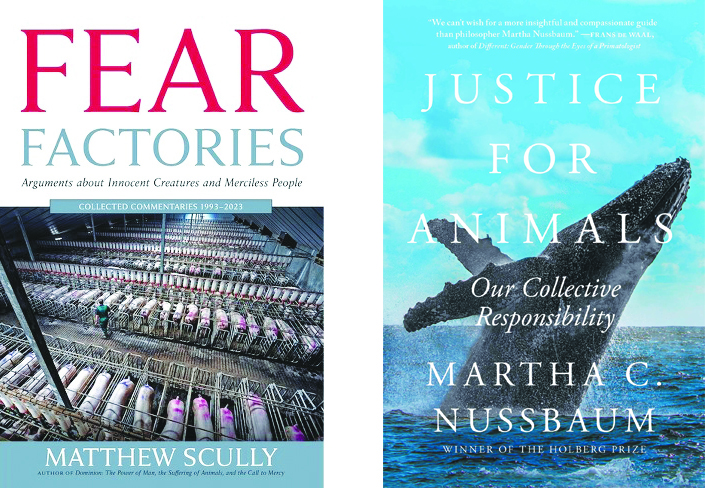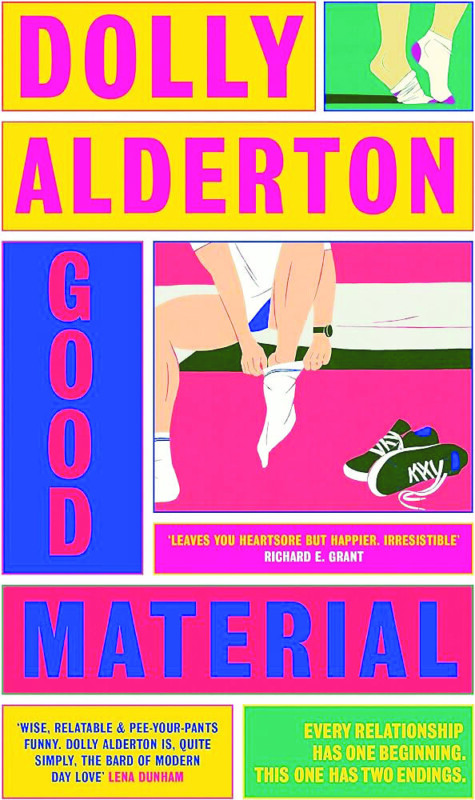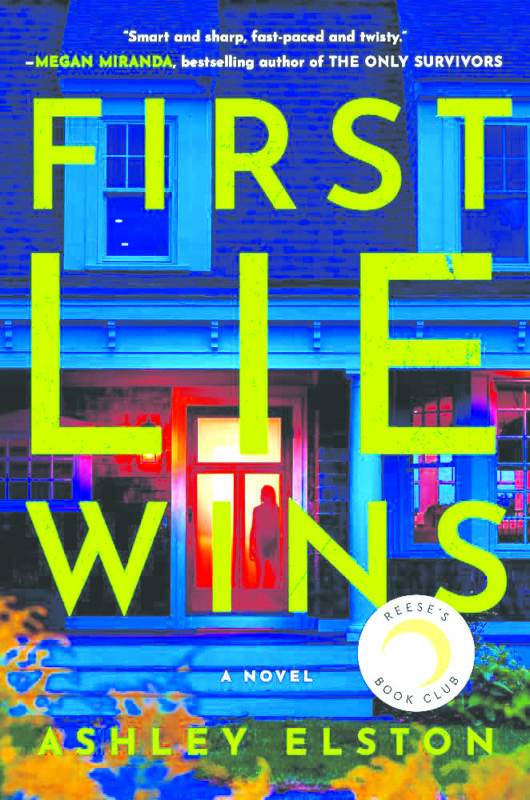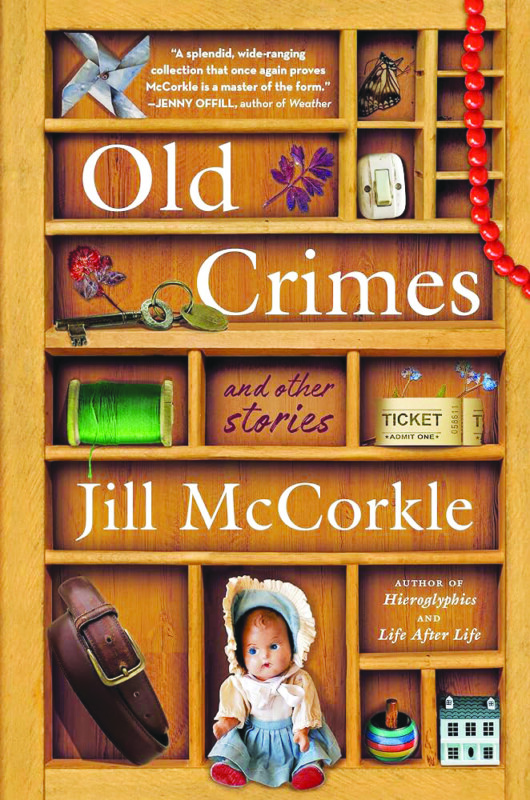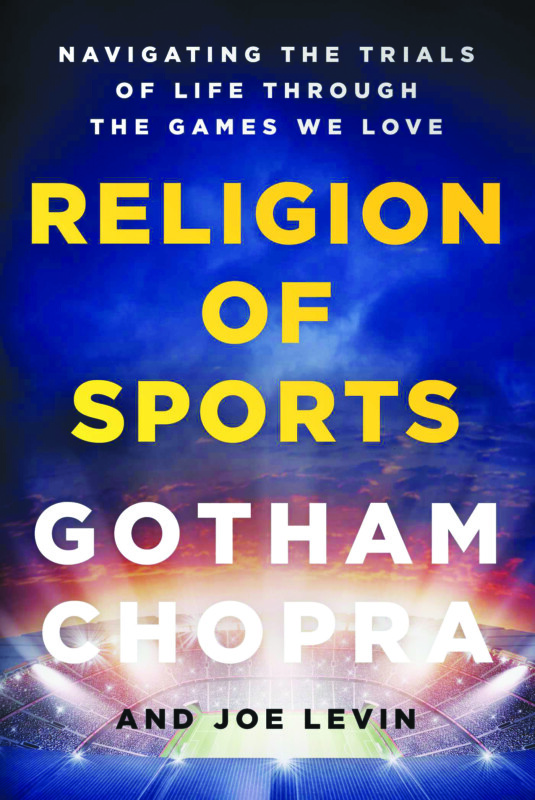The Frozen River, by Ariel Lawhon (Doubleday, 432 pages)
Ariel Lawhon was in an obstetrician’s waiting room when she came across a story about Martha Ballard, an 18th-century midwife in Maine who is said to have delivered more than 800 babies without ever losing a mother — a remarkable record for anyone, even more so during that time period.
Lawhon tore out the article from the magazine she was reading and made a note on it: “Would make a GREAT novel!” Fifteen years later, The Frozen River tells that story — three-quarters based on historical record; the rest, as Lawhon describes it, “what could have happened.”
But it isn’t just the story of a midwife, but a true-crime mystery that is deeply New England, though written by a woman who lives in Tennessee.
It begins with the discovery of a body lodged in an iced-over river, “lips parted, eyes still widened in surprise.” After the corpse is pulled out and lugged to a local tavern, Ballard, a self-taught medical practitioner, is called to inspect it. She immediately recognizes the man: Joshua Burgess, implicated in the brutal rape of a pastor’s wife three months earlier. “I had hoped to see Burgess swing at the end of a rope for what he did, but dead is dead, and I’m not sad to hear the news,” Ballard, the narrator of the story, says.
It is clear to her that Burgess, despite where he was found, had not drowned. His injuries indicate hanging, and he is missing several teeth, among other gruesome injuries.
In the 1700s, when this story is set, Maine was not yet a state but part of the Massachusetts frontier. And while there was a judicial system of sorts, and men could be put to death when convicted of rape, such convictions were rare. Further complicating matters, the second person involved in the rape of Rebecca Foster was a judge, Colonel Joseph North, who lorded over official proceedings of the town.
So when Ballard recorded in her diary “Mrs. Foster has sworn a rape on a number of men,” this was a scandal of the highest order: “The people of Hallowell will be chewing on this bone for years.”
Ballard’s diary is central to the story; in fact, it’s the only reason we know about her at all. As recounted in the Pulitzer Prize-winning book by Laurel Thatcher Ulrich, A Midwife’s Tale (later made into a film), Ballard kept concise notes about her life and work from 1785 to her death in 1812. Lawhon draws from the diary to weave her imagined account of how events mentioned in Ballard’s notes played out, using flashbacks to build out her life before the rape, death and trial.
Although Ballard’s assessment of Burgess’s cause of death was accurate, when the case comes before Colonel North, he dismisses it and rules the death an accidental drowning. Immediately after, a girl who works for Rebecca Foster (the woman who was raped) comes before the judge to report fornication, as it has become known that Rebecca is pregnant — the timing of the pregnancy corresponding with the rape. Ballard, who knows the truth, can’t stand for this, and says in the courtroom that the judge is the other man involved in the rape.
This sets up a battle royale between Ballard and North that will ultimately resolve much differently in fiction than it did in real life. It is a protracted battle that involves fear that Ballard’s own son might have been involved in the death of Burgess, and Colonel North using every means at his disposal to try to destroy Ballard and her family, even taking the family’s mill.
Throughout, Lawhon shows us what it was like to be a formerly enslaved person freed in the Massachusetts territory, how women were then treated (Ballard, for example, could not testify about the rape without her husband present in the courtroom) and how disease and death were constant companions to the colonists. (One particularly poignant chapter describes how diphtheria, sometimes called the children’s plague, ran through the Ballards’ Massachusetts home before the couple moved to Hallowell.)
And of course, the weather is practically a character in itself. Although Lawhon compresses the timeline of events for her purposes, the story takes place in what was literally called “the year of the long winter” in Hallowell, as the Kennebec River was ice from November 1785 to the following April. The icy river is an ominous presence from the story’s beginning until its end, as is a silver fox that seems to serve as an omen, as well as a biology lesson — who knew that “silver foxes” are actually black?
Lawhon followed the historical record enough to make the story feel real, but she reveals in an author’s note at the end of the book the major ways in which her story and the truth diverge, and why. Readers signing up for The Frozen River should prepare to make an investment of time, not only for this slow-moving, densely detailed story, but also because they will then want to read A Midwife’s Tale. Those more impatient might want to wait for the inevitable movie. B —Jennifer Graham

